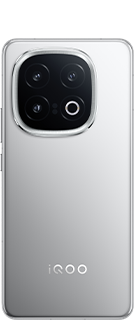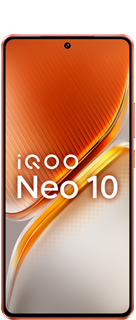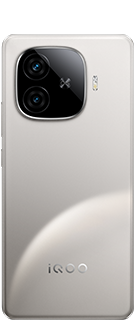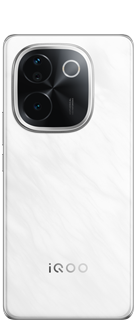Let's Learn Tech Series: How Satellite(Starlink) Internet Works?
Hey iQOO Fam,
In this series, we'll be diving straight into the Tech topic, discussing the latest advancements and what's coming next.
Satellite internet bridges the gap for millions in rural or remote areas where traditional wired connections are unavailable, but it comes with trade-offs in speed, latency, and reliability compared to fiber. Here's a detailed breakdown of how it works, how it stacks up against fiber-to-the-home (FTTH), and its resilience during natural disasters.

How Satellite Internet Works:
Satellite internet relies on three core components:
- Your satellite dish: Installed at your location, it sends/receives signals to/from orbiting satellites.
- Satellites in space: These act as relays, transmitting data between your dish and ground stations. They operate in either geostationary orbit (GEO, ~22,000 miles above Earth) or low-Earth orbit (LEO, ~100–1,200 miles up).
- Network Operations Centers (NOCs): Ground-based data centers connected to the broader internet infrastructure.
When you request a webpage, the signal travels from your dish to the satellite, then to the NOC, which fetches the data and sends it back through the same path. LEO satellites (e.g., Starlink) reduce latency by operating closer to Earth, but they require large constellations for coverage.

Applications:

Pros:
Global Reach: In isolated and rural locations where alternative options might not be available, wireless satellite internet offers connectivity that cuts beyond geographic boundaries.
Rapid Installation: Installing satellite internet is usually less intrusive and faster than laying physical wires, which makes it a desirable choice for rapid connectivity.
Weather Resistance: Satellite transmissions are more resilient to unfavourable weather conditions than ground-based technology, guaranteeing a more reliable connection.

Cons:
Latency: Because of the signal's trip to and from space, satellite internet may have higher latency, which can cause delays in online activities like video conferencing and gaming.
Cost: Compared to certain terrestrial options, satellite internet typically has greater upfront setup expenses and monthly subscription prices.
Data Caps: A lot of satellite plans contain data consumption caps, which could hinder users who use a lot of data.
(Source: Tech Articles,Newsletter, Starlink and Google)
# Do follow me for more quality content on Tech and Photography.
Signing off,
Balaji Murapaka
iQOO Ranger_South Zone

Please sign in
Login and share

























